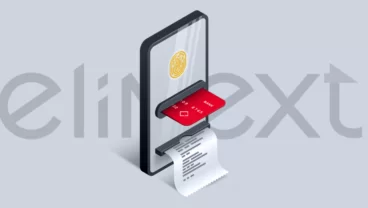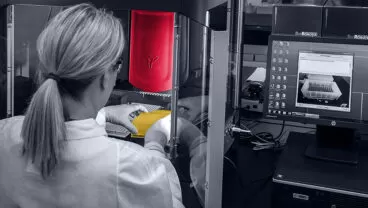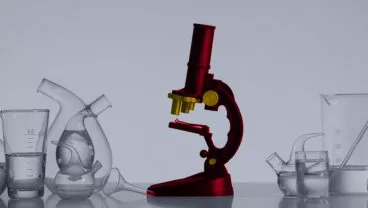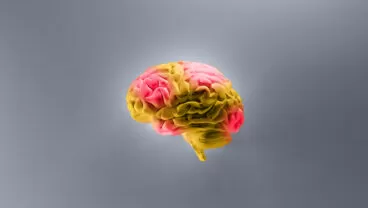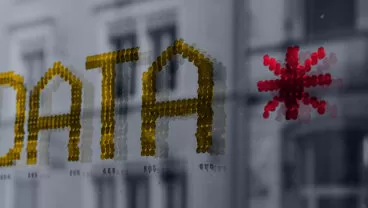Client
We were contacted by a company that works in the healthcare industry in the US. They are focused on the improvement of dentist care and were looking for someone to help them with the development of an ML-based tooth detection tool.
Project Description
Our clients were looking for an algorithm for future applications for telemedicine. They were asking for a tooth detection tool that would allow users to identify the teeth, their conditions, or teeth absence based on the patient’s photos.
Their task was for us to develop an app through a simple and intuitive user interface. In the end product, end users should be able to:
- upload the photo to the system;
- select the task of interest, find existing or missing teeth;
- receive an additional brief report to complement the photo.
Challenges
The initial request for our company included the following requirements:
the development team was supposed to have sufficient experience in the field of machine learning, data science, and data analysis;- we had to have experience in healthcare in general, and computer vision in particular;
- we were to achieve high accuracy of the algorithm for identifying objects;
- reduce the adoption of false decisions by the ML algorithm
- collect relevant sufficient data for training and testing the model so that the model could produce high accuracy rates.
Process
We worked on an ML algorithm, so the entire process wasn’t that lengthy, but algorithm implementation always takes significant time. Here is the timeline we had on the project:
Stage 1: Negotiations with the client. 1 week
Stage 2: Domain research. 3 days
Stage 3: Algorithms implementation, model training. 2 weeks:
Data Collection: Gathering a diverse dataset of images containing teeth. These images cover a wide range of variations such as tooth types, colors, shapes, and angles;
Data Annotation: Annotation of the collected images with bounding boxes around the teeth;
Training the YOLO Model: Using the annotated dataset to train the YOLO model.
Stage 4: Testing, evaluating, and deploying the model, calculating metrics. 1 week:
Evaluation: After training, the trained model uses a separate test dataset.
Deployment: the model deployed to detect teeth and missing teeth in new images or videos.
Solution
Our team was already familiar with the approach being developed. Our company had a similar experience in this area.
Detection of teeth and damaged and missing teeth with computer vision.
1) Early Detection:
Automatic recognition technology helps in the early detection of dental issues such as cavities, cracks, or structural damage in teeth. Early detection allows for timely intervention and treatment, preventing the progression of dental problems.
2) Accuracy:
Automated recognition systems offer greater accuracy in identifying damaged or missing teeth compared to manual examination, reducing the likelihood of oversight or human error.
3) Treatment Planning:
By accurately recognizing damaged or missing teeth, dental professionals develop more precise and personalized treatment plans for their patients, addressing specific dental issues more effectively.
4) Cost Efficiency:
The automation of teeth recognition can streamline the dental examination process, saving time for both patients and dental professionals. Additionally, early identification of dental issues can prevent the need for more extensive and costly treatments in the future.
5) Enhanced Patient Experience:
With automated recognition, patients experience more efficient and comfortable dental examinations, as well as more targeted and effective treatments, leading to overall improved patient satisfaction.
Results
One of the big challenges was collecting relevant sufficient data for training and testing the model so that the model could produce high accuracy rates. We managed to do just that, so the algorithm was ready to be implemented for future solutions, whether those are a mobile, or web app for communication between dentists and their patients.
The project is finished but can be extended as follows:
- accuracy of models can be increased by additionally increasing the amount of data as well as increasing the model training time.
- additional features such as the detection of damaged teeth, detection of teeth prone to caries, and tooth displacement can be potentially implemented.
We are waiting for our client to choose the path they want to proceed with the algorithm as we have experience in implementing this into software solutions.

















